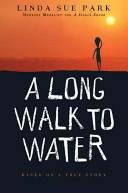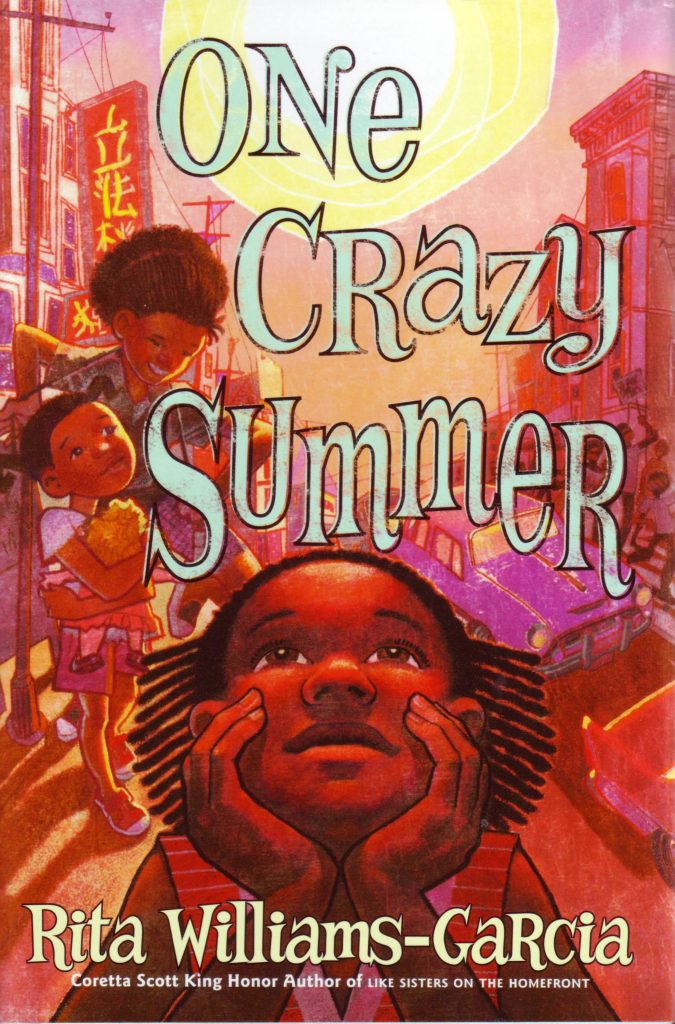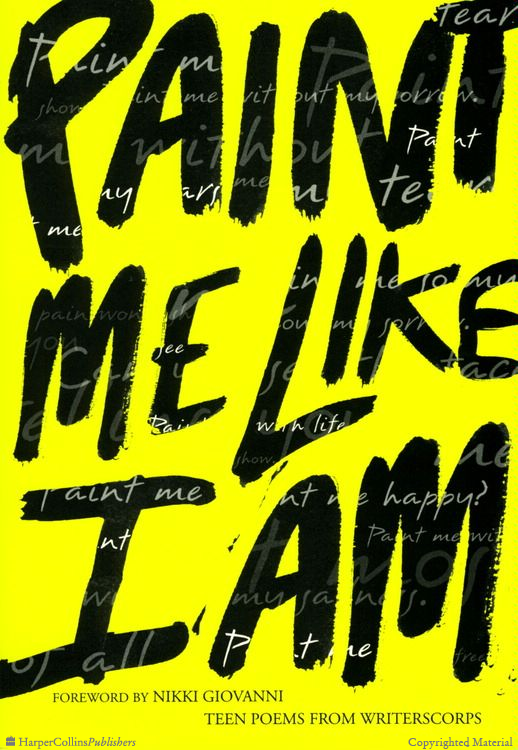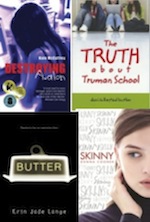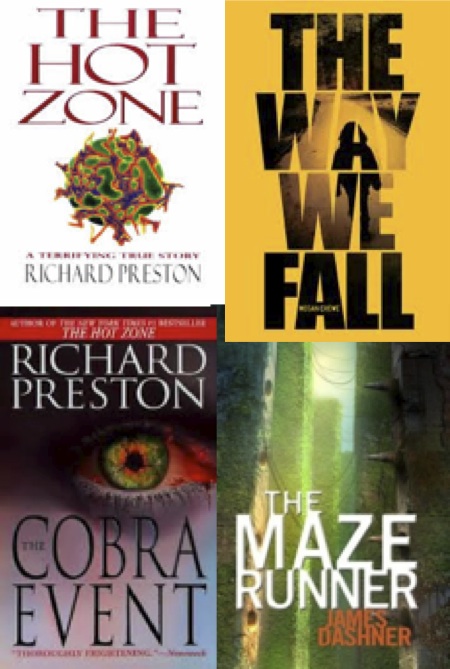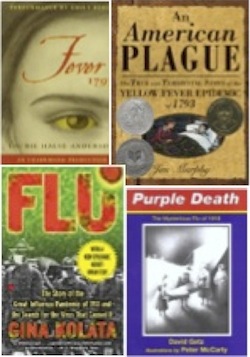by Prisca Martens, Towson University
 This month in WOW Currents we’re exploring how to help children read the art and written texts in picturebooks, Picturebooks are “a unique art object, a combination of image and idea that allows the reader to come away with more than the sum of the parts” (Kiefer, 1995, p. 6). In our work we’re helping children read the art and think like artists to support them in experiencing the full richness and meanings in picturebooks (Martens, 2012). This week we’ll explore how Laura Fuhrman helped her first graders read and experience the art and written text in Sebastian’s Roller Skates, Continue reading
This month in WOW Currents we’re exploring how to help children read the art and written texts in picturebooks, Picturebooks are “a unique art object, a combination of image and idea that allows the reader to come away with more than the sum of the parts” (Kiefer, 1995, p. 6). In our work we’re helping children read the art and think like artists to support them in experiencing the full richness and meanings in picturebooks (Martens, 2012). This week we’ll explore how Laura Fuhrman helped her first graders read and experience the art and written text in Sebastian’s Roller Skates, Continue reading


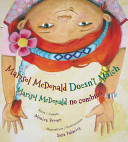 Picturebooks are “text, illustrations, total design; …As an art form [they hinge] on the interdependence of pictures and words, on the simultaneous display of two facing pages, and on the drama of the turning of the page” (Bader, 1976, p. 1). This week we continue our exploration of helping children read the art and written texts in picturebooks by seeing how Michelle Doyle shares the richness in
Picturebooks are “text, illustrations, total design; …As an art form [they hinge] on the interdependence of pictures and words, on the simultaneous display of two facing pages, and on the drama of the turning of the page” (Bader, 1976, p. 1). This week we continue our exploration of helping children read the art and written texts in picturebooks by seeing how Michelle Doyle shares the richness in 

